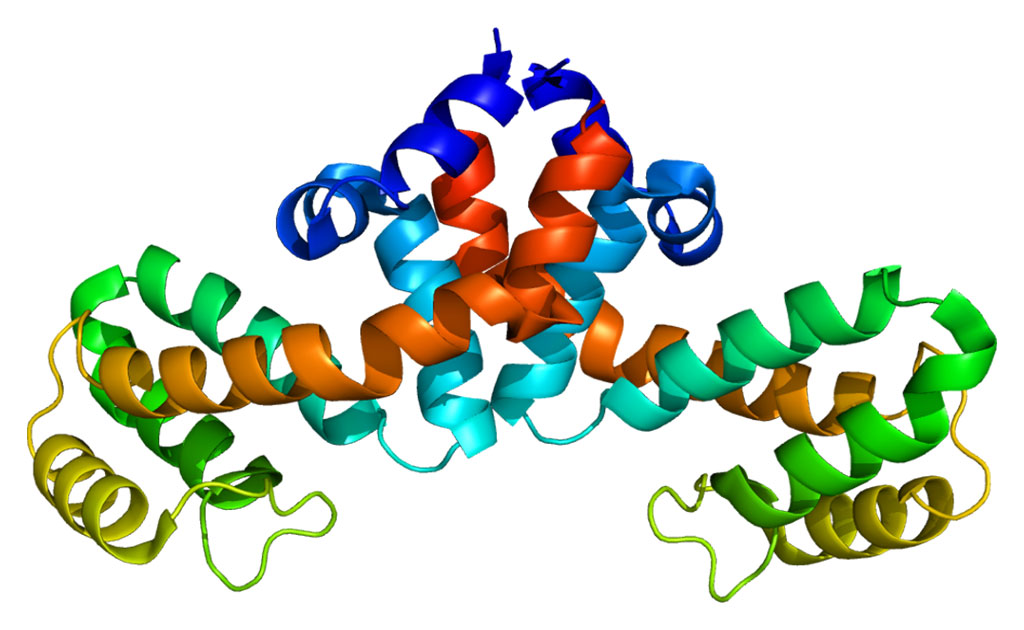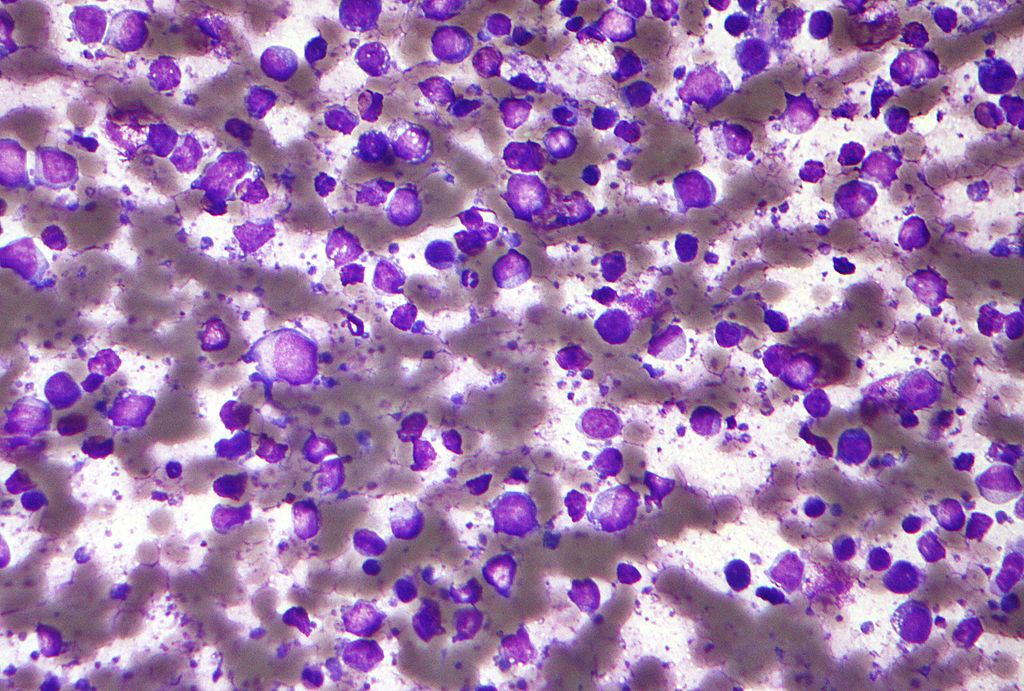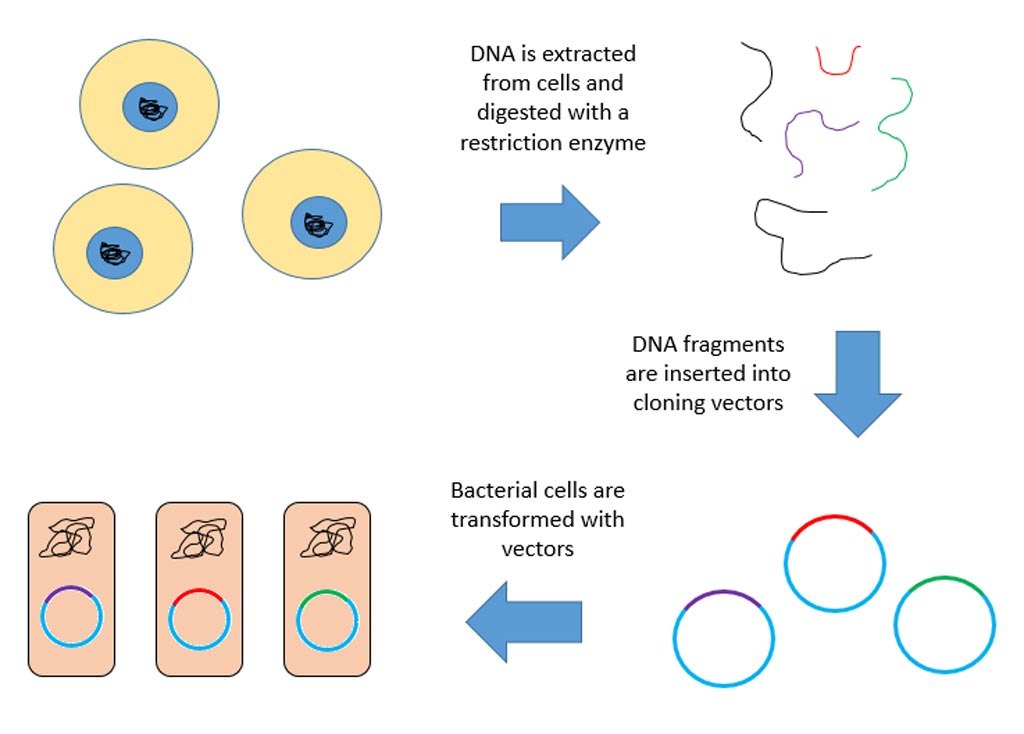Sulforaphane Selectively Blocks Growth of Prostate Cancer Cells
By LabMedica International staff writers
Posted on 21 Jun 2011
Sulforaphane (SFN), an isothiocyanate derived from cruciferous vegetables, has been shown to block growth of prostate cancer cells without causing damage to normal prostate tissue.Posted on 21 Jun 2011
SFN is an organosulfur compound that has been found to exhibit anticancer, antidiabetic, and antimicrobial properties in various experimental models. It is obtained from cruciferous vegetables such as broccoli, Brussels sprouts, or cabbages. The enzyme myrosinase transforms glucoraphanin, a glucosinolate, into sulforaphane upon damage to the plant (such as from chewing). Young sprouts of broccoli and cauliflower are particularly rich in glucoraphanin.
Investigators at Oregon State University (Corvallis) worked with cultures of normal prostate epithelial cells (PrEC), benign hyperplasia cells (BPH1), and prostate cancer cells (LnCap and PC3). They reported in the March 4, 2011, online edition of the journal Molecular Nutrition and Food Research that exposure of these cell lines to SFN selectively induced cell cycle arrest and apoptosis in BPH1, LnCap, and PC3 cells but not in PrEC cells.
SFN treatment selectively decreased histone deacetylase (HDAC) activity, while HDAC6 over-expression was able to reverse SFN-induced cyotoxicity. In the normal PrEC cells, SFN caused only a transient reduction in HDAC activity with no change in any other endpoints tested.
"It is important to demonstrate that sulforaphane is safe if we propose to use it in cancer prevention or therapies," said senior author Dr. Emily Ho, associate professor of nutrition and exercise sciences at Oregon State University. "Just because a phytochemical or nutrient is found in food does not always mean it is safe, and a lot can also depend on the form or levels consumed, but this does appear to be a phytochemical that can selectively kill cancer cells, and that is always what you look for in cancer therapies."
Related Links:
Oregon State University













